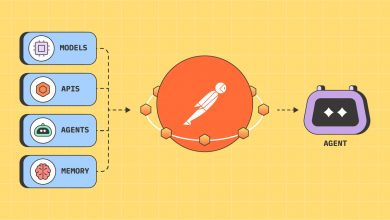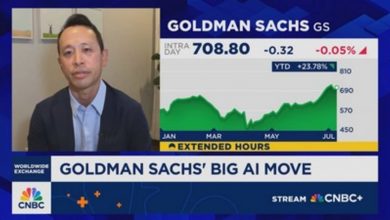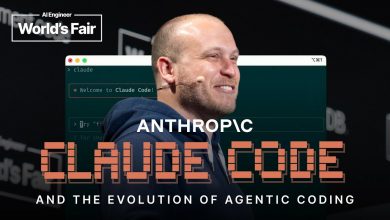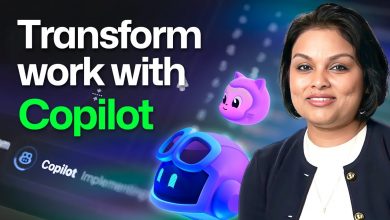Satya Nadella Explains The Future of AI-Powered Coding and Multi-Agent Systems
He sees AI redefining how code is created, moving beyond traditional programming to a model where AI agents handle significant portions of the development process.
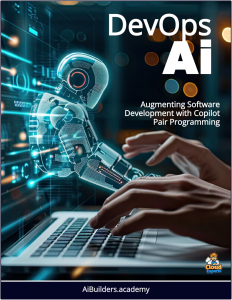 Satya Nadella, Microsoft’s CEO, envisions a transformative future for AI-powered coding and multi-agent systems, fundamentally reshaping software development and enterprise workflows.
Satya Nadella, Microsoft’s CEO, envisions a transformative future for AI-powered coding and multi-agent systems, fundamentally reshaping software development and enterprise workflows.
He sees AI redefining how code is created, moving beyond traditional programming to a model where AI agents handle significant portions of the development process.
Nadella has noted that tools like GitHub Copilot, a cornerstone of Microsoft’s AI strategy, already generate 20–30% of code in some projects, a proportion he expects to grow. This shift allows developers to focus on designing software architectures and logic that AI can execute in real time, enabling just-in-time application creation tailored to user needs.
By integrating AI into platforms like Microsoft 365 and Excel, Nadella believes non-technical users can perform complex tasks, such as data analysis or forecasting, without writing code, effectively democratizing software development.
Agents as a Service
Nadella’s vision extends to multi-agent systems, which he sees as disrupting the traditional Software-as-a-Service (SaaS) model, replacing it with what he calls “Agents as a Service.”
He argues that SaaS, built on static databases and hardcoded business logic, will give way to an “AI tier” where agents autonomously orchestrate tasks across platforms, eliminating the need for rigid application structures.
These agents communicate through protocols like Agent2Agent (A2A), enabling specialized agents to collaborate on complex tasks, such as combining CRM data with financial insights for real-time recommendations. Nadella’s concept of an “open agentic web,” introduced at Microsoft Build 2025, envisions AI agents autonomously navigating web content and completing tasks, transforming industries like customer service and healthcare by moving the internet from a human-centric to an agent-driven ecosystem.
Reimagining the Tech Stack
This AI-driven future also reimagines the tech stack, including operating systems and infrastructure. Nadella foresees operating systems evolving into sandboxed environments where AI agents coordinate tasks, blending traditional code with probabilistic AI behavior.
To support this, Microsoft is investing in AI-optimized data centers with specialized chips, creating what Nadella calls “neural highways” for agent operations. He emphasizes three critical agent capabilities: long-term memory for recalling past interactions, seamless device integration, and robust permissions management for secure access. These features form the backbone of next-generation applications, enabling agents to operate across platforms and deliver personalized, context-aware solutions.
The Future of Work
Nadella underscores the economic and societal implications of this shift, advocating that AI’s success be measured by tangible outcomes like GDP growth rather than abstract goals like AGI. He cites examples like a 2023 project in India, where an engineer used AI to build a WhatsApp chatbot for farmers to access subsidies, illustrating AI’s potential to drive real-world impact.
In enterprises, tools like Copilot in Microsoft 365 act as an “intelligent IDE” for knowledge work, streamlining tasks like meeting summaries or data analysis. However, Nadella acknowledges risks such as AI biases and security concerns, stressing the need for strong governance and human oversight to ensure ethical development and preserve human agency.
Conclusion
For developers and businesses, Nadella’s vision carries strategic weight. Developers should focus on skills like database design and AI integration, using tools like Copilot Studio to build agent-driven workflows. Businesses must adopt AI-first strategies, investing in interoperable data systems to stay competitive, as those relying on static SaaS models risk obsolescence.
While some critics argue Nadella overstates the immediacy of SaaS’s decline, citing legacy system inertia and AI’s occasional inaccuracies, he clarifies that SaaS will evolve rather than vanish, with AI-integrated platforms leading the way. As Microsoft leverages its partnership with OpenAI, Nadella’s vision positions the company at the forefront of an agent-centric, AI-driven future, urging the industry to adapt to this transformative paradigm.
